Sleep is one of the most important elements of health. Many people don’t get enough sleep or struggle to get a good night’s rest. Meditation and mindfulness are great tools to overcome these boundaries. The following sleep strategies are from a course taught by Jeremy Lipkowitz, an international meditation teacher and mindfulness coach based in Chiang Mai, Thailand. He has been teaching meditation for the past 7 years, and practicing for over a decade. He is a former scientist, and has spent time as a fully-ordained Buddhist monk in Burma.

- Have a consistent schedule both during the week and on weekends. Pick a time to go to sleep, e.g. 10:00 PM and a time to wake up, e.g. 7:00 AM. It is best to get 8-9 hours of sleep.
- Screens and sleep don’t go well together! Screens have blue light in them which inhibits melatonin and makes your body think it is daylight. I’m terribly guilty of this because I like to read magazines on my iPhone. One thing that you can do is put your phone on night shift. This works really well for me. On an iPhone: go to Settings / Display and Brightness. This mitigates the effects of the blue light.
- Temperature matters: sleep in a cool or cold environment. Keep the room as cool as possible during the day. Believe it or not, a hot bath at night cools the body down! Really, this is what Jeremy said.
- Avoid caffeine and alcohol because they cause problems for our sleep. For example, the half-life of caffeine in the body is around 6-8 hours, so if you have caffeine at 4:00 PM, you’ll still have half of the caffeine at 10:00 PM. Alcohol, on the other hand, helps you fall asleep but limits the quality of your sleep.
- Exercise is one of the best things you can do for your body, whether it is floor exercises like yoga, or walking, playing tennis or riding a bike. Studies show that 20-25 minutes of exercise can improve the quality of your sleep. However, don’t exercise too late because it will heat up your body.
- Be sure to create a save space in your bedroom where you can feel peace and calm. For example, on my night cabinet, I have pictures of my children when they were little, a photo of Thich Nhat Hann, a yellow quartz ball on a stand, and a couple of small Buddhas. These give me a sense of what is important to me and help me to remember to practice the three gratitude practices. One of the best practices is not to have your phone or laptop in your bedroom at night. I violate this every night because I like to use my phone when I wake up for morning meditation using Insight Timer.
- The final strategy is to get the mind ready for sleep. The mind can be your greatest ally or your greatest problem with falling asleep. Here is where a meditation practice can come into play. For example, my personal strategy is to begin on my back and scan my body to notice where my body makes contact with the sheet above and below, but this is the subject of another blog post! After the scan, I proceed to the three or more things I am grateful for during the day. Then I usually fall asleep very fast. But it doesn’t last long. I can wake up as soon as midnight or 2:30 AM. Then falling asleep after that become a problem. When this happens, I use loving kindness meditations to get back to sleep on many occasions.
- To fall back to sleep if you wake up at night, you can do one of the following: 1) relax and give yourself permission to be awake. 2) Practice with watching your breath for a little while. 3) Experts say that you should get up and leave the bedroom if it takes longer the 20 minutes to fall back to sleep.


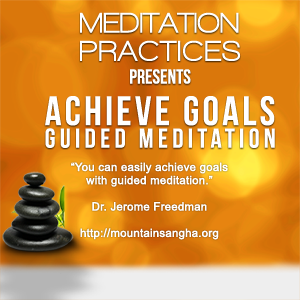
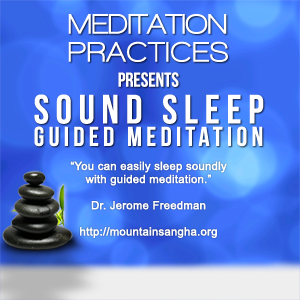
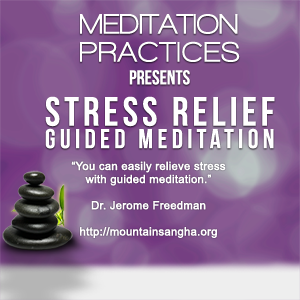
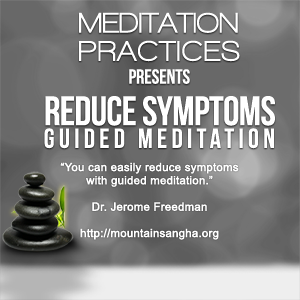

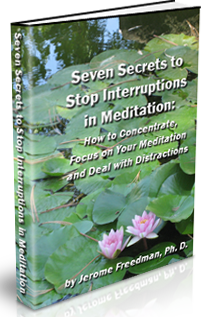
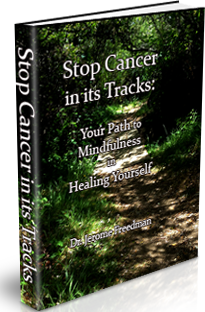
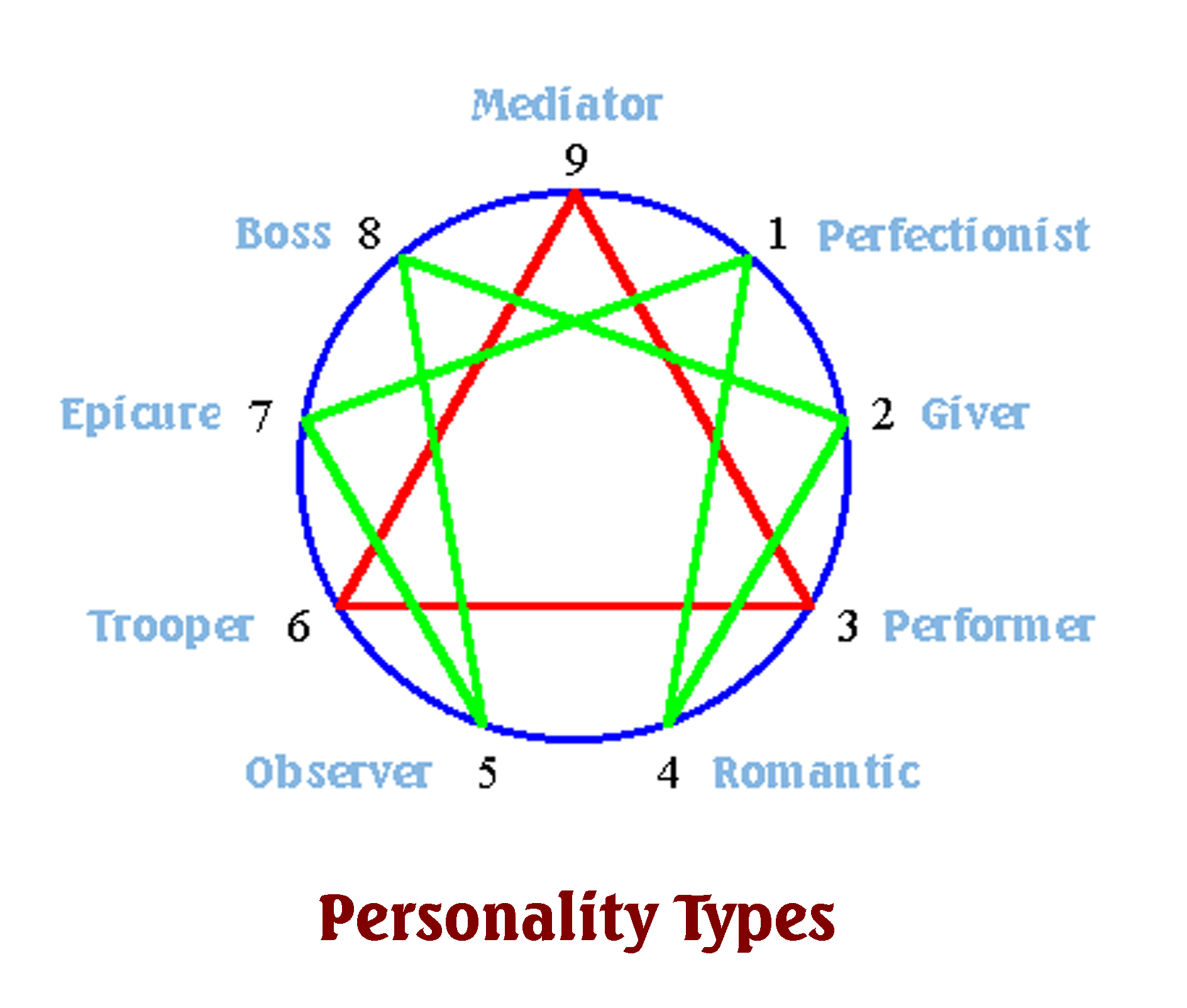


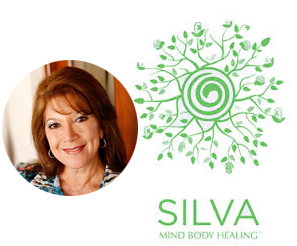
You must be logged in to post a comment.